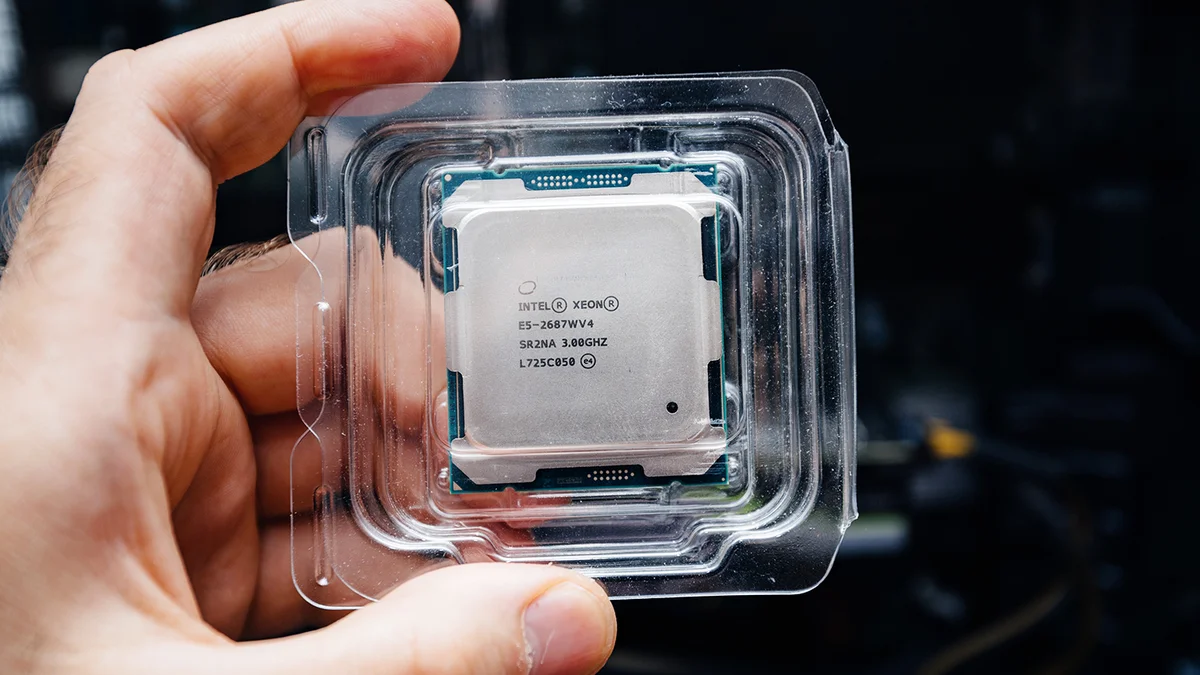PCIe Gen5 SSDs have become the next big development in the world of high-performance storage. Its availability is still very limited, but we’ve already started seeing some listings in foreign markets, giving us an idea of what to expect from this first batch, both in terms of features and pricing.
Japanese manufacturer CFD Gaming has released three units that have already been released in their home country and will be available in three different sizes: 1 TB, 2 TB and 4 TB. They all have the same design and come with a bulky cooling system that includes a fan in the middle. The mentioned fan represents a drastic change compared to current solutions introduces active dispersion.
All these storage units use Micron 3D TLC NAND Flash memory (three bits per cell), integrate the Phison PS5026-E26 controller, are compatible with the PCIe Gen5 x4 interface, are based on the NVMe 2.0 protocol, and have a three-year warranty. At the performance level, the 2 TB and 4 TB models achieve sequential read and write speeds 10 GB/s and 9.5 GB/s, respectively, while the 1TB model remains in 9.5 GB/s and 8.5 GB/s.

In random read and write, the 2 TB and 4 TB models offer values 1500K IOPS and 1250K IOPSand the 1TB model will get 1300K IOPS and 1100K IOPS. The 4TB model has 8GB of DDR4 cache, the 2TB model has 4GB of DDR4 cache, and the 1TB model has 2GB of DDR4 cache.
Its benefits are very interesting though far from the theoretical maximum of 16 GB/s this could be achieved with PCIe Gen5 storage drives using four PCIe lanes. As you might imagine, the selling prices are very high, this is normal as this is a new generation of storage drives, and as happened with PCIe Gen4 drives at the time, it will take some time for the prices to start dropping lower and more affordable.
The price of the 1TB disk is for replacement €379.60cost one 2 TB €769.20 and 4 TB has a price €1,518.40. To better contextualize these prices, it is sufficient to recall that with what the 2 TB model costs we could already build a complete PC with a PCIe Gen4 drive.














